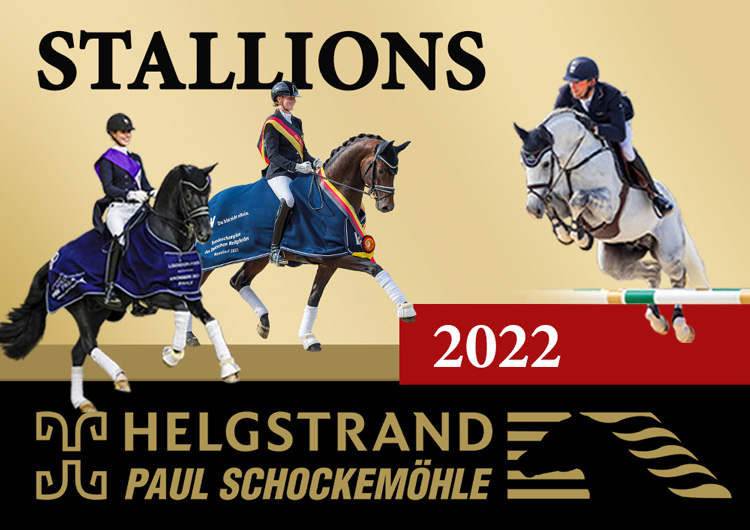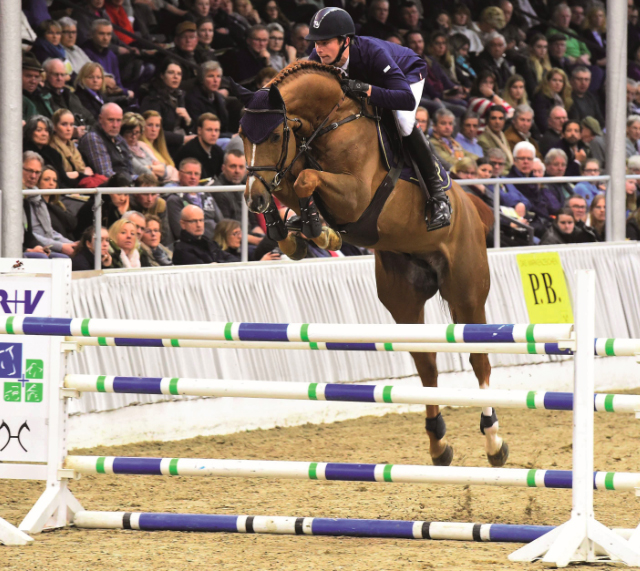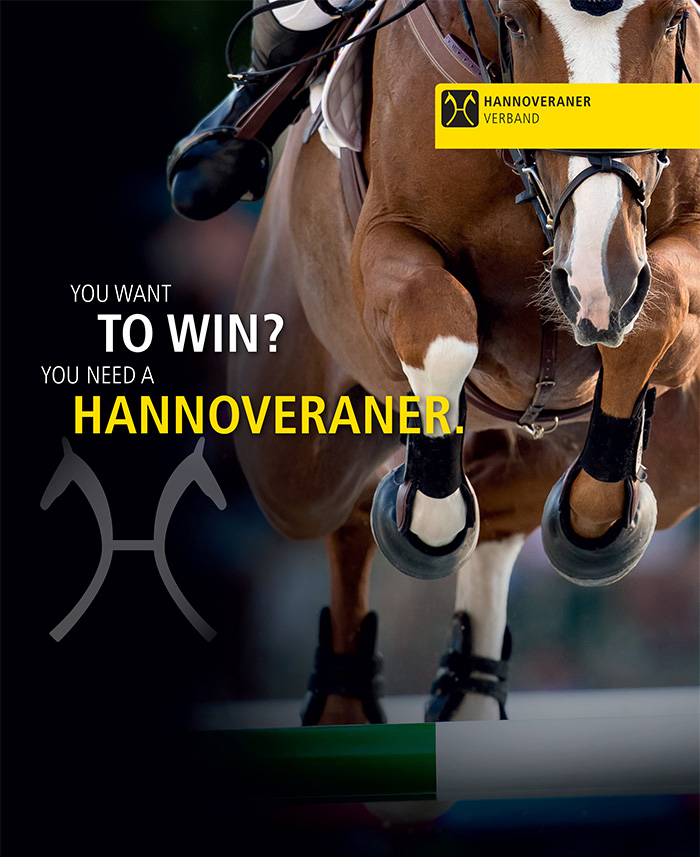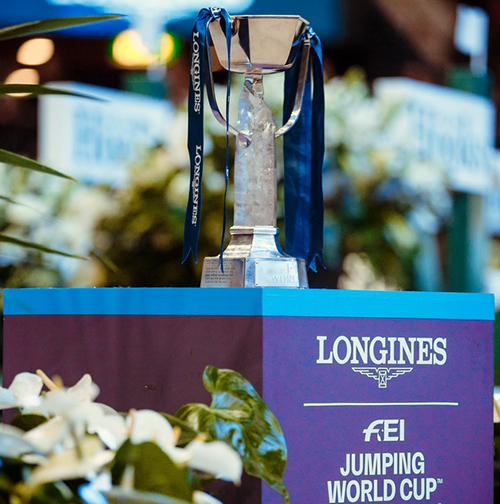
Gemma Alexander and Christopher Hector analyse the breeding
of the finalists at Leipzig…
Looking at the 2022 World Cup Final was made somewhat more interesting with the entry of Equi-Ratings into the melange of jumping stats and rankings. The Equi-Ratings were remarkably prescient, which was no surprise. I was introduced to Equi-Ratings by an Australian eventing selector and I was fascinated when she described just how sophisticated the analysis was, which lead to a number of national federations buying access to assist in team selection. But the company’s founder, Sam Watson, was a little disappointed with their World Cup jumping performance….
As I remember it, you started Equi-Ratings on the basis of your own involvement as an international eventing competitor, what lead you to expand into the world of showjumping?
“It’s a natural progression. When we looked at the sport of showjumping, you can see an Olympic champion, you can see some rider rankings, but it is very hard to quantify the performance. There were no measurements of how good is this horse? Or how good was that performance? We had brought those measurements into eventing and it was a natural cross-over. We are already doing showjumping in eventing, so we thought we could handle it.”
Your predictions for this World Cup Final were pretty spot on:
The predictions:
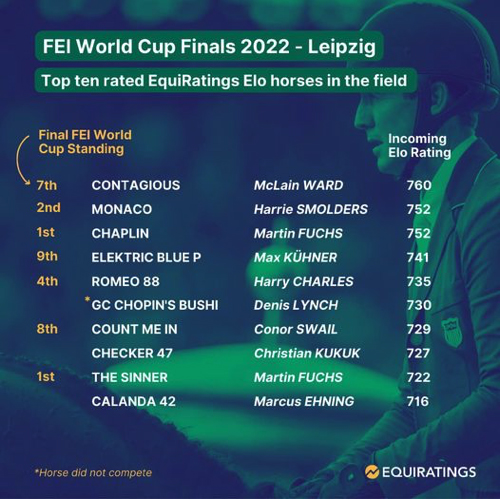
And just what is an Elo Ranking?
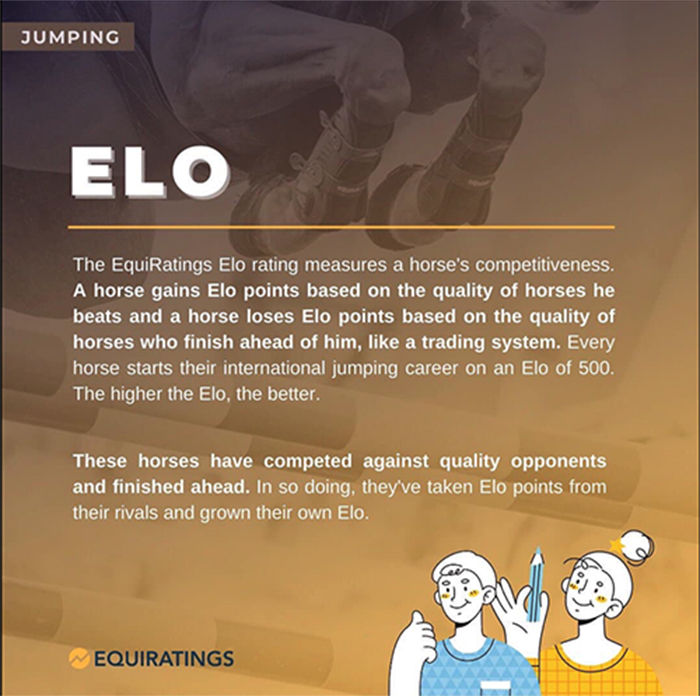
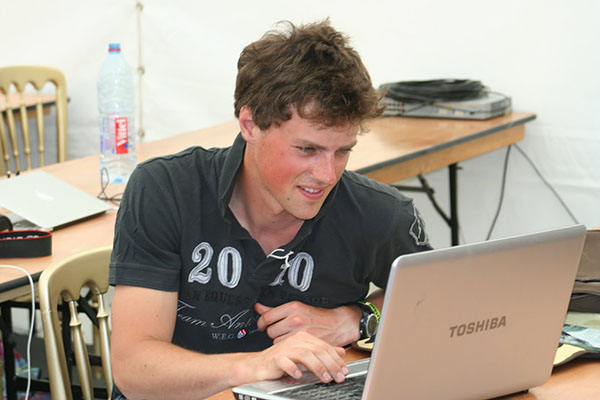
Sam thought they were hampered by the geography of the event: “There was quite a spread, I guess that is the nature of a World Cup, they qualify by region. The ratings are going to work best when you have a concentration, for example, at a Rolex Grand Prix where you have twenty of the best horses in the world it will be more open – okay Explosion was pretty dominant last year – but they all have a chance. We probably expected to be a little bit more accurate than we were.”
For the record, the Equi-rankings top ten missed the 3rd placed, Count Me In, 6th – Ben and 10th – Concordess NRW.
What factors did you take into account to get those rankings going into the final?
“Our system is very much about measuring the quality of the people you are beating. So if you finish ahead in Aachen in the Grand Prix, you are going to be up there with a lot of really highly rated horses and you are going to be beating a lot of highly rated horses. So your rating is taking that information, I’m ahead of lots of very good horses and that will give you a high rating. If you are winning at three-star somewhere quite remote, you might have a win under your belt, but you haven’t beaten highly rated competitors, so your rating is not going to get so much credit. Every horse in the world that is jumping internationally at Grand Prix has a rating and that allows us to track, is this horse consistently beating good opposition? In the World Cup we had McLain Ward’s Contagious, who had quite a lot of good form, he is one of the most consistent horses, but it was in America and only a couple of those results were against high quality fields, whereas a horse like Harrie Smolders’ Monaco, he wasn’t winning much, but he was consistently punching in good performances against the best-of-the-best and that gave him almost as high a rating as Contagious.
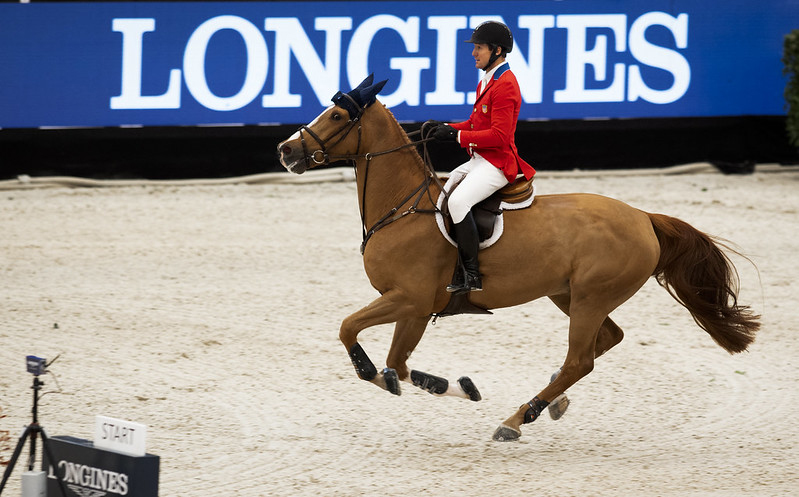
McLain Ward and Contagious – by Contagio out of a For Keeps mare,
representing the DSP studbook (FEI photo – Richard Juillart)
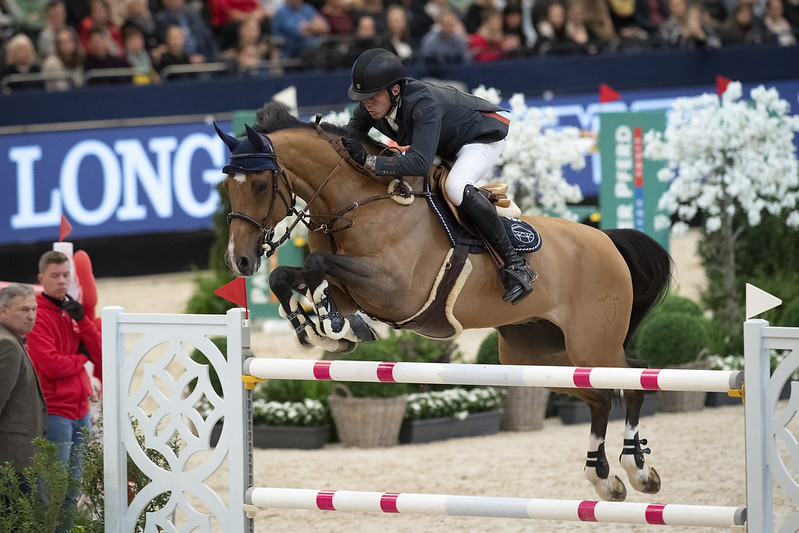
Harrie Smolders and Monaco – ranked higher because of the standard of the competition
(FEI photo – Richard Juillart)
Did you have to take into account the different styles of courses that different course designers produce, and the ability of the horses to handle that style of track?
“We look at the quality of the field and then at the clear rate to get a difficulty rating. Then we can say, that was a pretty difficult course, or that was a pretty moderate course. That gives us course difficulty, but not course style, but that is the direction we are moving into, analysing the different course designers and the jumps they like to use, those factors go into the next generation of fence analysis, but for the moment we are getting quite a lot of purchase from just organizing the data as intelligently as we can from what we have.”
I really have to raise this issue since I spend so much time writing about breeding, but do you take the pedigree into account?
“No we don’t look at the bloodlines. There’s a lot of passion around all that. We looked at racing as well and what we learned there, is that the horse world loves breeding. The industry is built on breeding. I went in there with a neutral mind set. Have humans gotten faster over the past fifty years because we are breeding better athletes or are we getting faster because we are training better? In the human world, it would have to be because we are training better, look back at the progression since Roger Banister broke the four-minute mile and at the same time Secretariat set all three records for the Triple Crown. Secretariat’s records stand today, whereas Bannister’s have been absolutely smashed.”
“Obviously genetic talent matters, but genetics are a massive lottery. There are genetic traits, what you want to avoid is breeding a horse that is un-athletic. Look at Galileo in racing, he obviously bred fantastic horses, but he was getting the best mares, the most money was being spent on his progeny, the best trainers – and a lot of pre-selection, you didn’t see many new Galileos hitting the track, but the ones you did see were the cream of the crop. Breeding is a area where you could get lost very quickly, there is so much data, I would prefer to work on the performance, on the output rather than the input.”
In fact, it was a terrible year for the pedigree buffs, as my colleague Gemma Alexander remarked, ‘the most wide open final ever!’ Gemma is responsible for much of the following analysis, and of course, for her trade-mark chart.
Of the thirty-five horses qualified, NONE shared the same sire (note: we are looking at all horses in the starting line up over all three rounds, which for some riders were multiple mounts). We had to look to the grandsires to find any plurality. Cornet Obolensky (Clinton / Heartbreaker) while he sired only one finalist – King Cornet L – is the grandsire of a further four: Mylord Cornet (Montender / Cornet Obolensky), Concordess NRW (Congress / Acobat III), Checker (Comme il Faut / Come On) and Pepita Con Spita (Con Spirit / Come On).
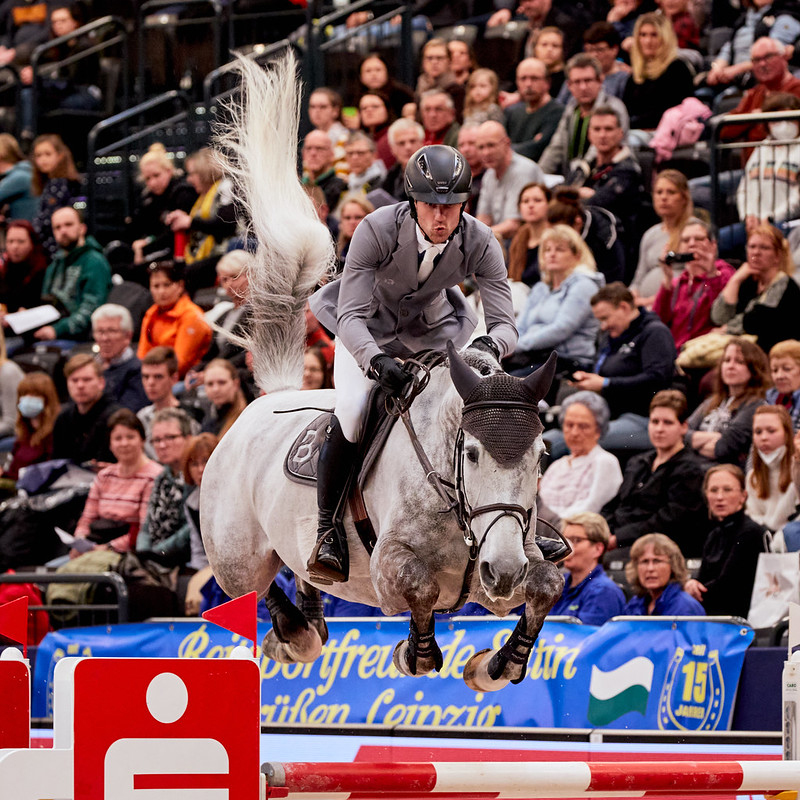
Christian Kukuk and Checker – he is by the Cornet Obolensky son, Comme il Faut out of the Come On mare, Pamina (FEI photo – Richard Juillart)
And then we have the mighty Concorde (Voltaire / Marco Polo). While not the sire of any of our starters, looking back a generation he is the dam sire of two, grandsire of four: Brego R’N B (Namelus R / Gerlinus), C Vier (Cardento / Concorde), Hunter C (Cabrio van de Heffinck / Concorde) and the winner, Chaplin (Verdi / Concorde).
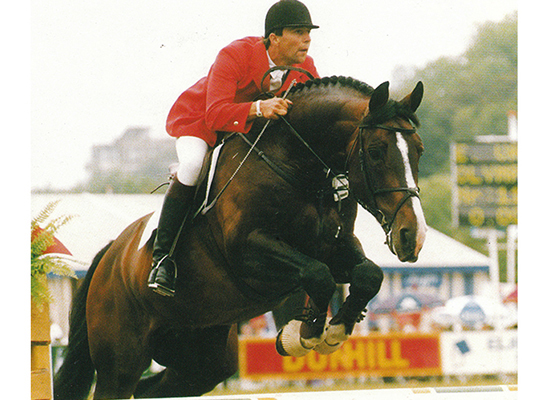
Concorde – what a stallion! Photo – Jacob Mellisen
Concorde, who was born in 1984 and died in 2014, was solidly bred to jump on both sides. Aside from his sire, Voltaire, his dam, Flyer, was by the legendary Marco Polo.
Flyer was purchased by the Van Diest family from Mr Rodenburg, they knew that she was a good mare since they already owned one of her progeny – the successful show-jumper Olympus, by Farn. Flyer earned her keep, working as a Riding School horse as well as a brood mare. Flyer was the full sister to Vivaldi, one of the early Dutch exports to the United States, where he was a star with Melanie Smith and awarded ‘Speed horse of the Year’.
Concorde was an international jumper with Jos Lansink. They won the Grand Prix of Nordrhein-Westfalen at Aachen and they were Champions of the Netherlands in 1994, and placed 2nd in the Grand Prix of Amsterdam, Darmstadt, Lanaken, Helsinki and Gothenburg.
For three years in a row, Concorde was the sire with the most offspring at the World Breeding Championships for Young Jumping Horses. In the year 2001 alone, Concorde produced 17 jumpers who entered Grand Prix ranks, including Audi’s Jikke, Audi’s Kathja, Conquest II, Larino, Viktor, Jacquet, Humphrey and Isabella. In 2003, three of his progeny qualified to go to Las Vegas for the World Cup final – they were Marius Claudius, Conquest and Viktor.
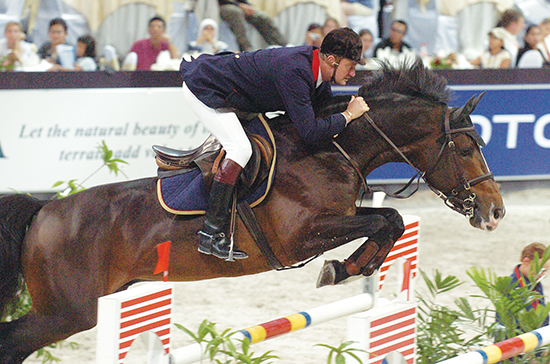
Robert Smith and Marius Claudius – a World Cup finalist for Concorde
Henk Nijhof who stood the stallion at his Team Nijhof, admits he had his detractors: “In Holland we say: ‘tall trees catch a lot of wind’, and Concorde was a tall tree. Initially there was a lot of negative talk about his offspring: they were built on the forehand, did not have enough ability or put out sufficiently. But still, few stallions come close to the same league as him and I know for a fact that many riders and dealers made good money on the offspring of Concorde.”
more on Concorde follows
“Concorde passes on lot of blood and we still need quick, speedy horses. A stallion like Concorde would still be very useful in France and Holstein, where they do have plenty of power and ability. In that respect he was well ahead of his time, although, when it comes to conformation; his offspring could have been a tad more elegant. But that rarely happens, for the best stallion to be the prettiest…”
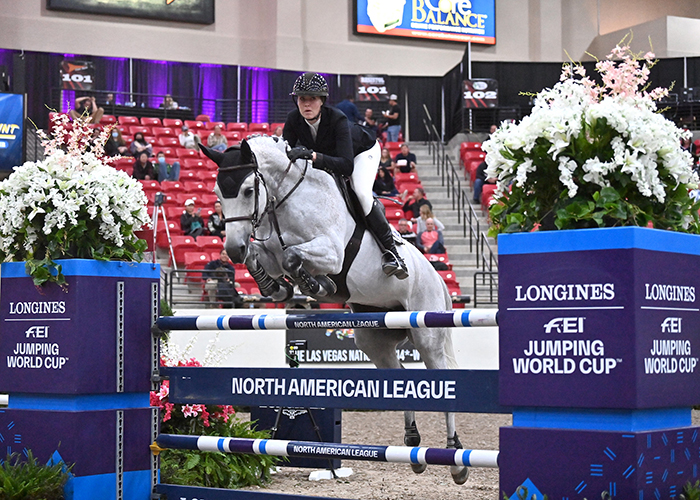
Hunter Holloway and Pepita Con Spita – another foal out of Pamina
Indeed there were two horses that made the final who are out of the same dam! Pamina (Come On / Baloubet du Rouet) foaled Christian Kukuk’s Checker 47 (Comme il Faut) and Hunter Holloway’s Pepita Con Spita (Con Spirit).
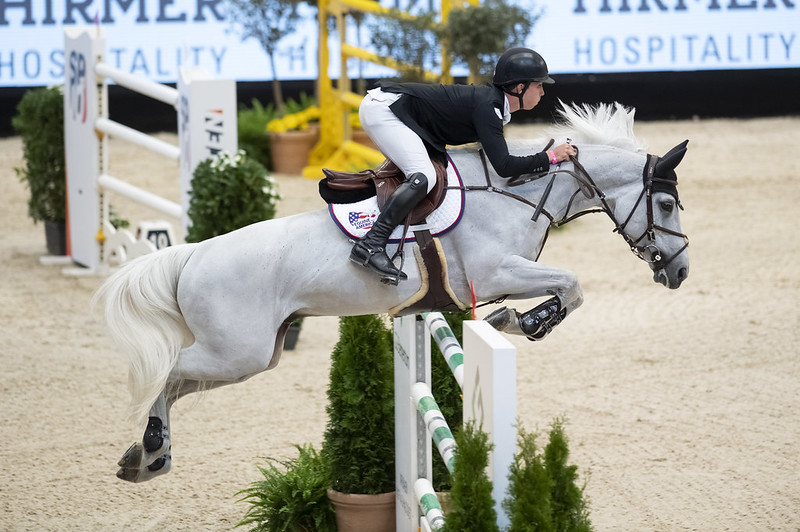
Equine American Valmy de la Lande and Jack Whitaker (FEI photo – Richard Juillart)
Equine American Valmy de la Lande and Jack Whitaker were the only combination to complete the entire championship without knocking a single fence. Valmy also illustrates how blood can span the generations. A recent article on hippomundo profiled the grey stallion’s breeders. Jérome Leconte and his late father, who bred Valmy’s dam, Athena de la Lande on their Normandy farm. She was by Starter, the son of Rantzau xx who was the sire of Cor de la Bryère. Starter was a star stallion on the French jumping scene in the 80s and 90s…
more follows
It was this Thoroughbred blood that played a key rôle according to Jérome Leconte: “There was also Thoroughbred influence through the blood of Un Prince xx. These two Thoroughbred lines were incredibly spirited horses with a lot of energy and the mindset of warriors. These characteristics could make their offspring quite delicate to handle, which is why certain breeders refrained from using them in their programs,” he told hippomundo. “Athena produced a limited number of off-spring but all of them were very good. Mostly, Athena produced horses who were quick over the ground and very competitive.” Of course, the jockey is another fine example of judicious breeding, since Jack is the son of showjumping great Michael Whitaker.
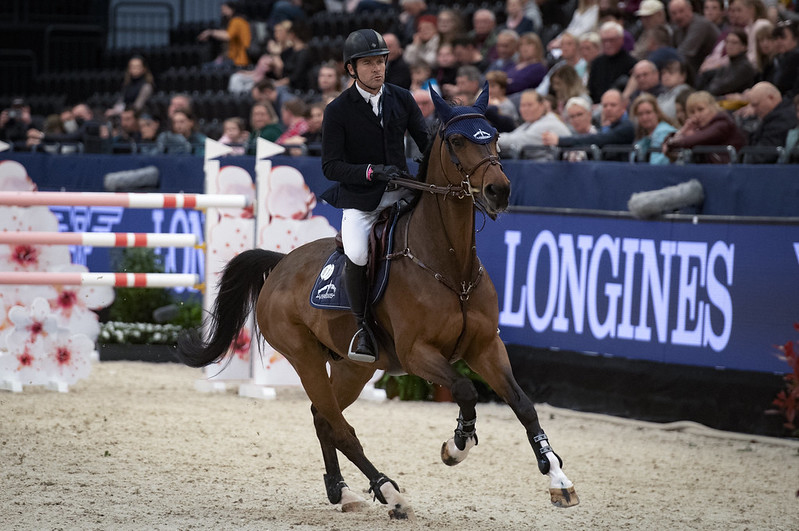
Flying the flag for the Hanoverians – Count Me In, by Count Grannus out of a
Sherlock Holmes mare. Ridden by Ireland’s Conner Swail (FEI photo – Richard Juillart)
We then have three stallions exerting a smaller influence on our start list, being the grandsire of three starters each: For Pleasure (Furioso II / Grannus), Carthago (Capitol I / Calando I) and Contender (Calypso II / Ramiro).
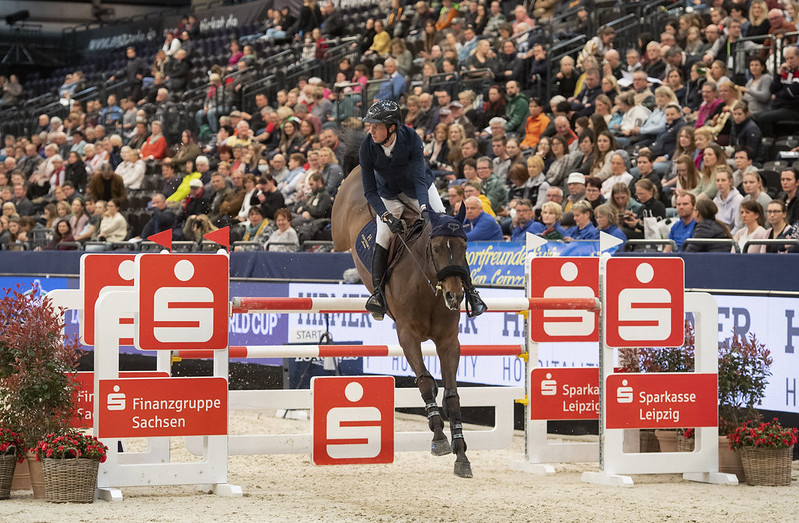
The Champions – Marcus Fuchs and Chaplin – by Verdi out of a Concorde mare
(FEI photo – Richard Juillart)
So, just how unusual is it for the World Cup Final to be so open breeding-wise?
The last finals before this year’s edition were back in 2019 when the only Corona we know about was a very pleasant ale best drunk with a slice of lime in the neck of the bottle. At this final, we saw two stallions represented in the lineup by three offspring: Chacco-Blue (Chambertin / Contender) – sire of Cha Cha Cha 7, Chacclana and Chacconu, and Toulon (Heartbreaker / Jokinal de Bornival) – sire of Woulon L, Jumpy van de Hermitage and Delux van T&L. Chacco-Blue is also grandsire of one: Chintablue ( Chintan / Chacco-Blue). We also have five stallions that sired two starters each: Nabab de Rêve (Quidam de Revel / Artichaut). Nabab is also grand sire of another starter. The other four were Caretino (Caletto II / Mettelus), Cardento (Capitol I / Lord), Kashmir van Shuttershof (Nabab de Rêve / Tenor Manciais) and Larino (Quasimodo van de Monlendreef / Corland).
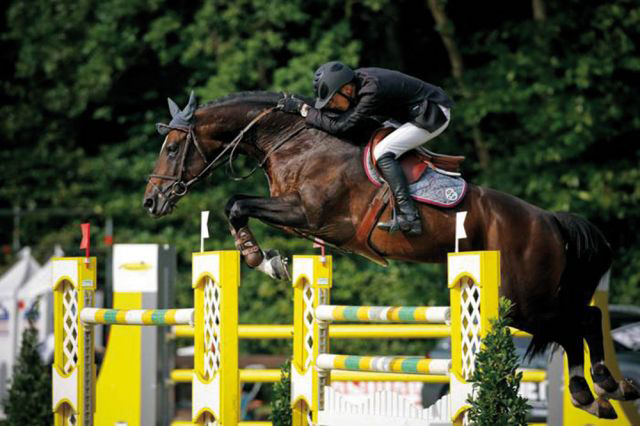
Toulon – he put three into the 2019 final
At the 2018 finals we saw three with two starters each: Cornet Obolensky, Berlin (Cassini I / Caretino) and Lord Pezi (Lacros / Zymbal I). We had two stallions who sired one apiece, while being grand sire to a further two: Cardento and Carthago (Capitol I / Calando I). We also had three stallions who were the grandsire of three: Clinton (Corrado I / Masetto), Quidam de Revel (Jalisco B / Nankin) and Cassini I (Capitol I / Caletto II).
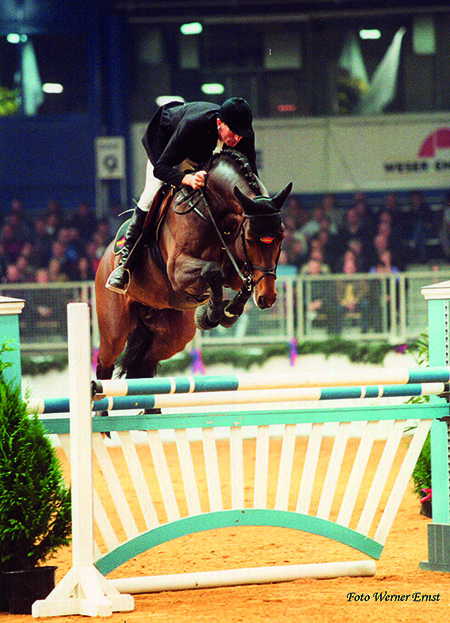
Lord Pezi – by the Landgraf son, Lacros, out of the Zeus son, Zymbal
The 2017 final was dominated by Quidam de Revel as sire of three and grand sire of one. We then had three stallions represented by two offspring each: Cornet Obolensky, Balou du Rouet (Baloubet du Rouet / Continue) and Colman (Carthago / Lord). An honourable mention goes to Baloubet du Rouet (Galoubet A x/ Starter) – while only the sire of one starter, he was grand sire to a further five!
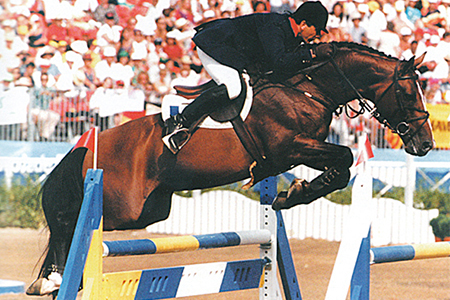
Quidam – the dominator
In 2016 we see two stallions with three offspring in the lineup: back to the old favourites Cornet Obolensky and Chacco-Blue; CO is also the grand sire of one. For Pleasure is sire of two and grand sire of one, and both Diamant de Sémilly (Le Tot de Sémilly / Elf III) and Darco (Lugano van la Roche / Codex) sire two apiece.
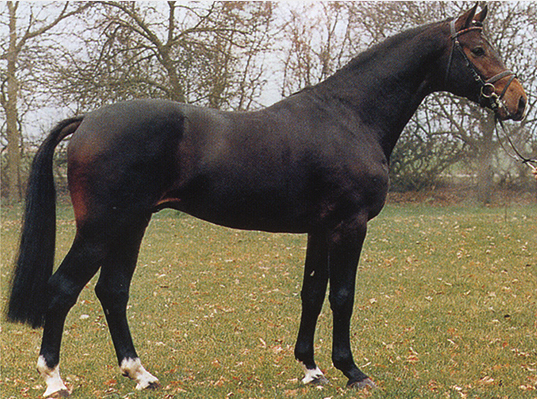
Contender – one of the greats
The 2015 final saw Contender as the standout influence: sire of two, grand sire of two. Kannan (Voltaire / Nimmerdor) and For Pleasure were the sire of two and grand sire of a further one. And Mr. Blue (Couperus / Oldenburg) and Toulon sired two starters each.
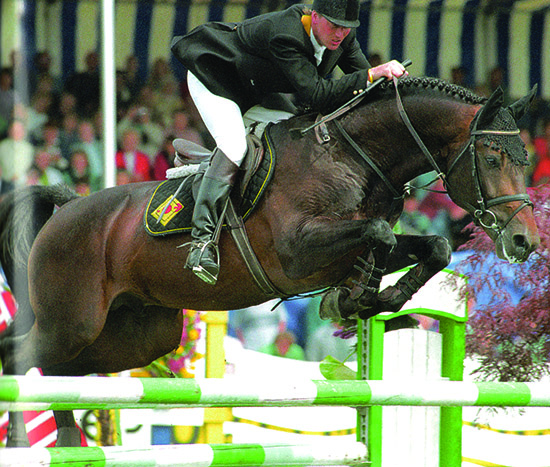
Libero – world cup winner, sire of world cup finalists
For good measure we thought we would cast our research all the way back to 2009, to see if the WC Finals breeding was just as close in ‘the good old days’. And yep, it was: Quidam de Revel is the sire of three, Libero H (Landgraf I / Ronald) is the sire of two and grand sire of another, while Darco, Clinton & Concerto II (Contender / Ahorn) each sired two.
So yes, the breeding of the line up from the 2022 final was certainly anomalous. Suggestions are invited, but it occurs to us that competition in the qualifying period was still affected by covid, and the starting fields were more local rather than the globe trotting pool of superstars that usually dominate international jumping.
Given the rather boring state of trends in the 2022 line up, we thought it would be considerably more interesting to chart the overall influence of major sires from 2015 to 2022. This gives the fabulous graphic below.
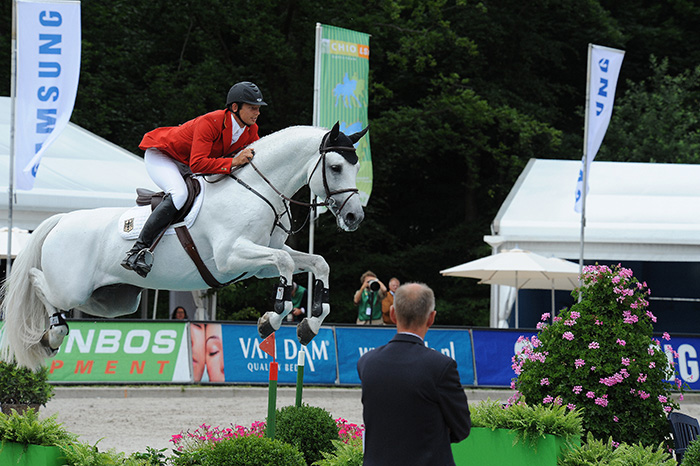
Cornet Obolensky – the stand-out sire…
Cornet Obolensky is the stand-out sire, fathering 10 horses competing in the Finals over the period. Chacco-Blue has sired seven, Toulon five, and Quidam de Revel and For Pleasure four each. The most influential grandsire has been Clinton with 14 grandchildren, followed by Heartbreaker with 12, then Quidam de Revel, Baloubet du Rouet and Capitol I with 10 apiece. Looking at the aggregate of both sire and grand sire influence, our leaderboard top five reads: Cornet Obolensky (sire 10, grand sire seven), Quidam de Revel (sire four, grand sire 10), Heartbreaker (sire two, grand sire 12), Clinton (sire of none, grand sire 14), and Baloubet du Rouet (sire one, grand sire 10).
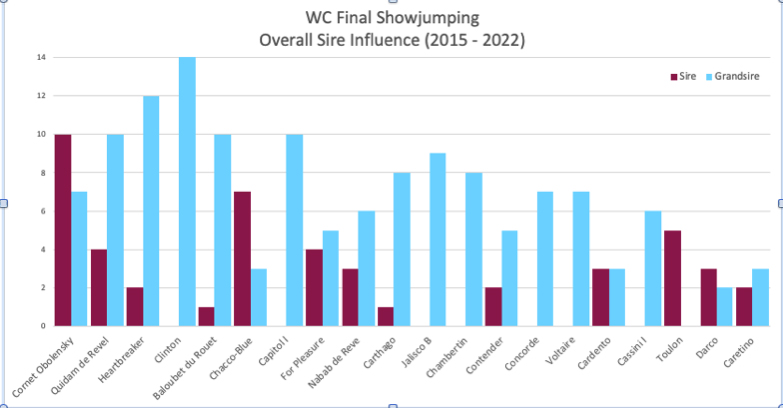
Breeding jumping horses in Australia in 2022? Go to www.ihb.com.au and select a stallion with the best bloodlines available in the world. Stallions like Chacfly


